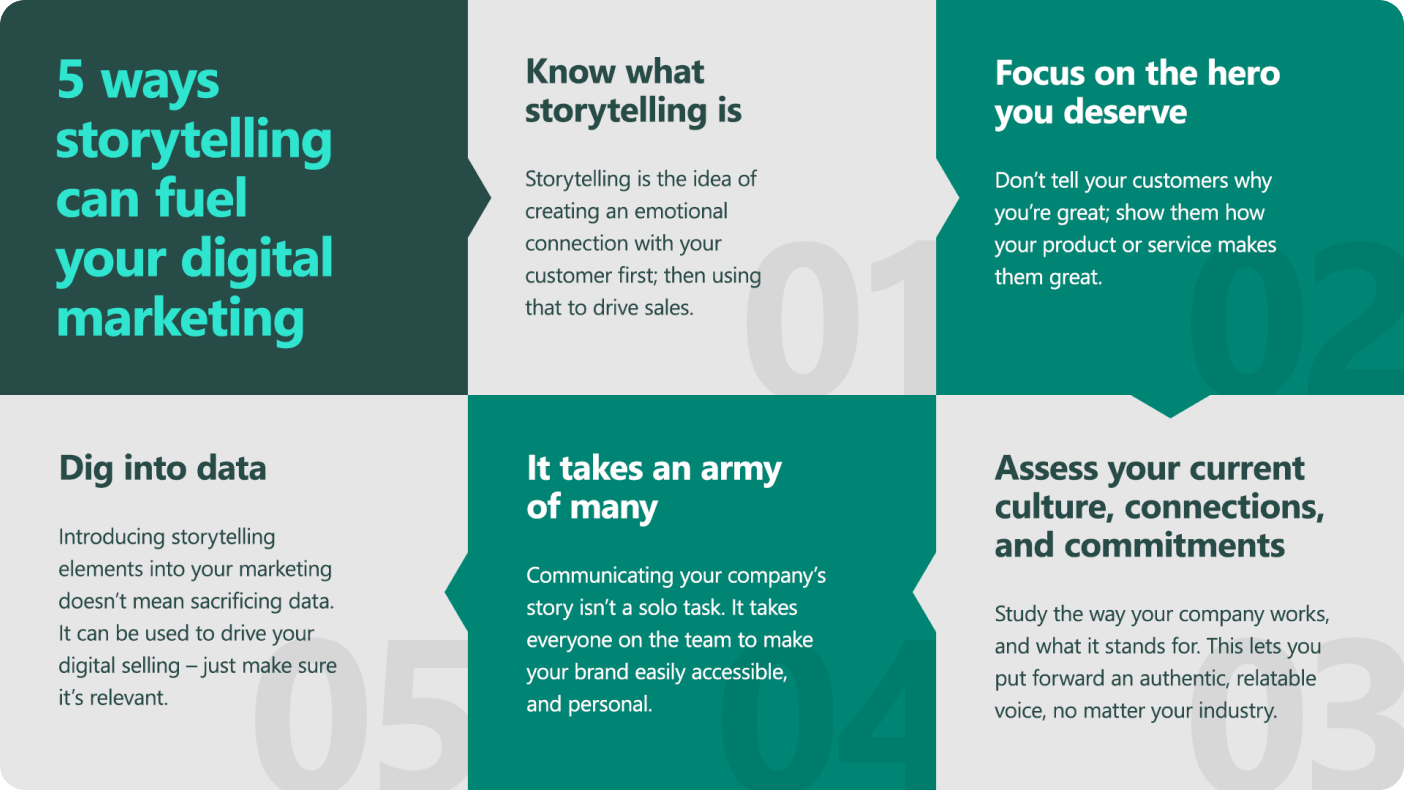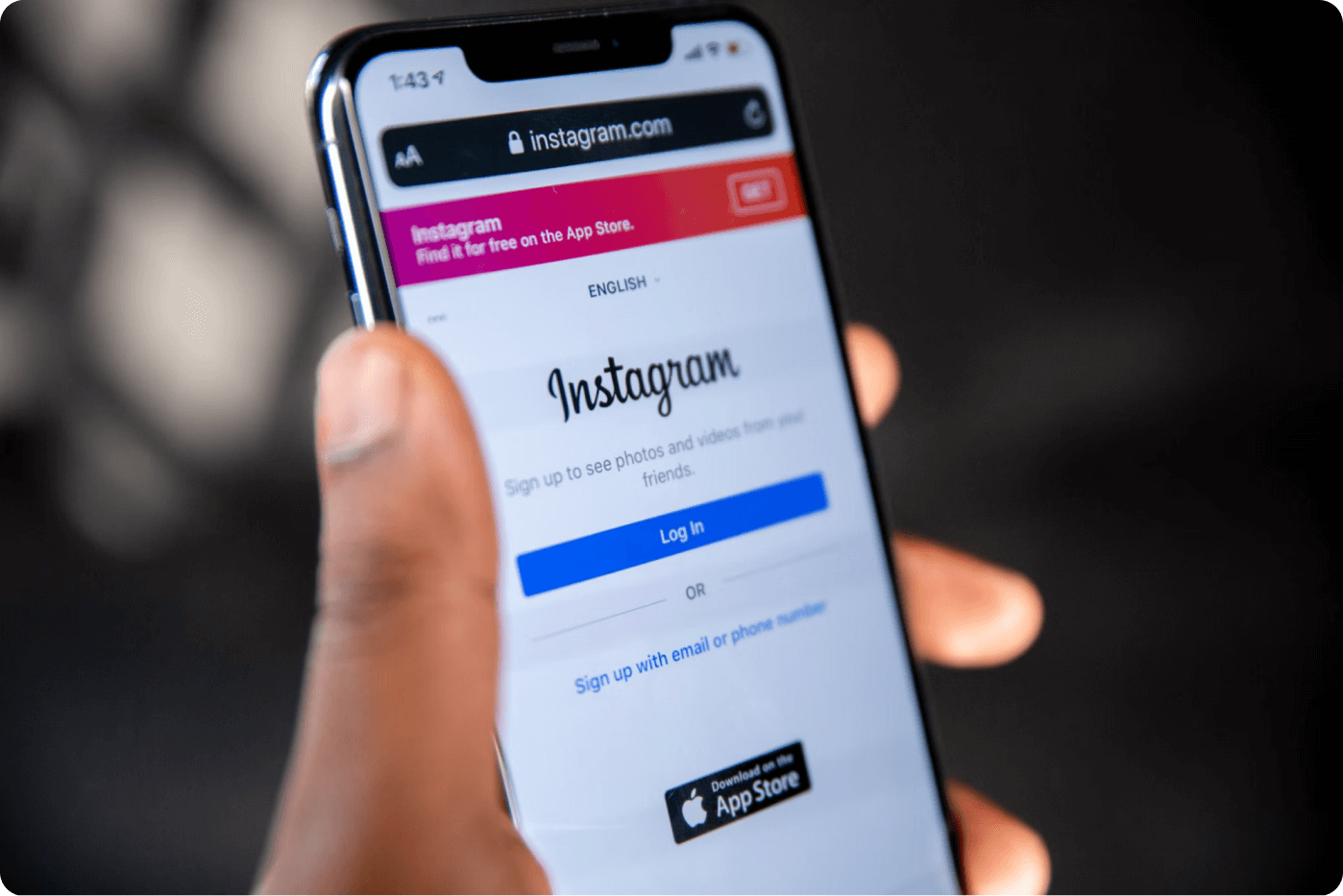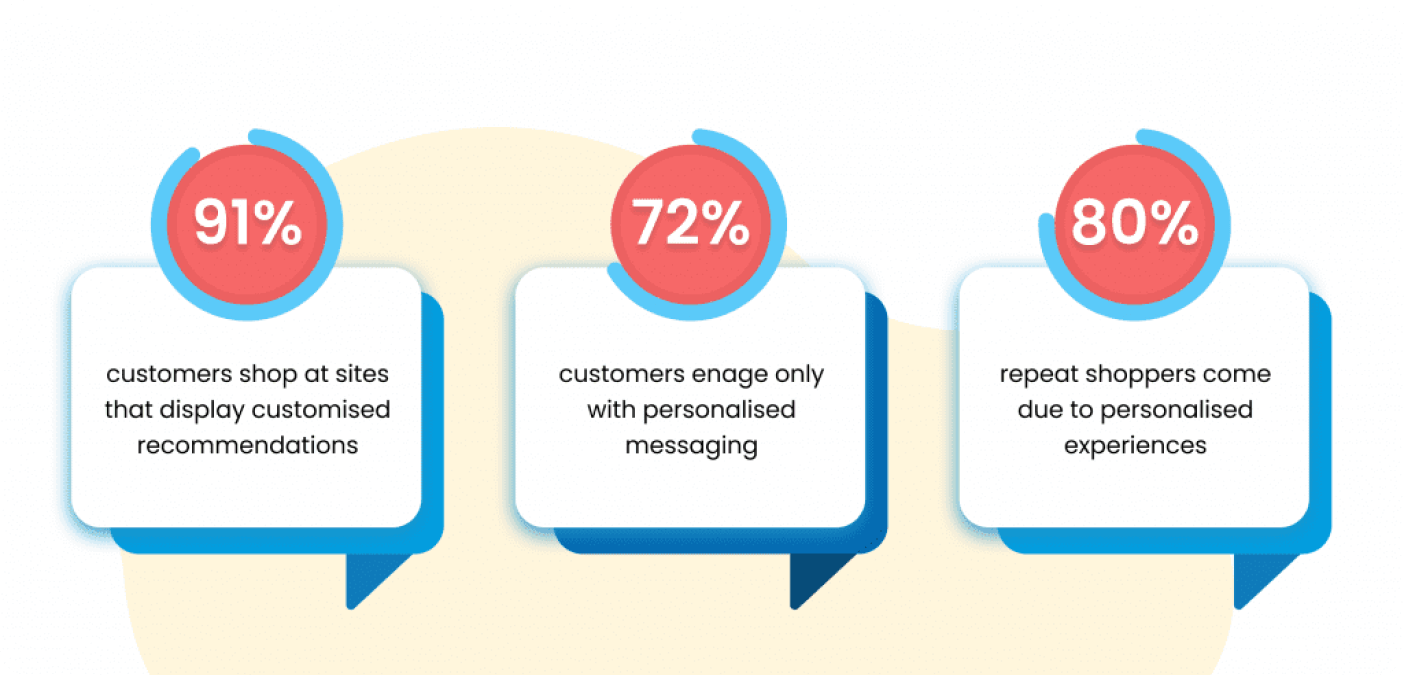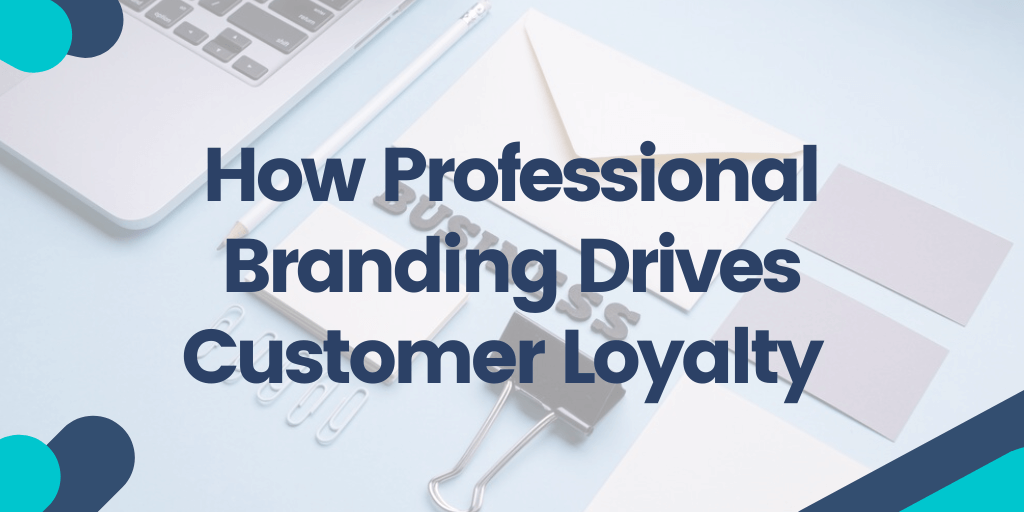When building a new company, one of the most important things to get right is the branding. Especially in today’s digital age, where marketing has become far more visual, it’s crucial to build a brand that is coherent, transparent, and visually appealing enough to make an impact.
But branding isn’t just about creating a ‘design’ around your company. This goes beyond your logo. Building a professional brand is about creating a customer experience, building trust, and connecting emotionally with your audience. If you can do this, then you can work to drive customer loyalty and ensure that your website visitors soon become buyers.
Finding Your Image
As we mentioned before, however, the business landscape in 2024 has become a lot more visual, so that’s where you need to start. When you’re starting out as a small company, your website is going to be the only point of reference for customers, but this doesn’t mean you have to be necessarily ‘savvy’ with design.

source: Inc.com
From our own personal experience of launching an e-commerce business, we started with a simple mistake: we went for a generic template and used a simple logo, thinking the visuals weren’t going to be a massive selling point. After a while, however, it became clear that more needed to be done, and so we spent time trying to understand who our audience was and how they would perceive our brand. In line with this, we created a mood board of tones and designs that reflected our focus, and switched to a clean, updated font that reflected the values at the core of our brand. After a few months, we noticed the conversion rate improve by 25%.
If you want your own brand to be successful, you’ll need to initiate the same sort of thing, but as we mentioned before, this doesn’t mean turning yourself into a web design expert. For the majority of e-commerce companies, using an online store builder has become commonplace to quickly build an all-in-one platform that looks current, has its own domain, and is customisable. This leaves you plenty of room to think clearly about the branding and how it can be displayed across the website itself.

source: unsplash
The first thing to note here is coherency – every page of your website has to be coherent with your branding, whether that be through colours or aesthetics, or consistently displaying your logo. You also need to make sure that those aesthetics match what you’re trying to achieve with your business.
If you think about the most successful brands in 2024, all of them have a logo that is instantly recognisable and conveys a cohesive language that reflects their identity. Whether that’s through colour schemes, fonts, or overall web layout, these elements should work together to create a consistent, memorable experience that communicates clearly to the customer.
Telling Your Story
The other way in which professional branding can create customer loyalty is through telling a story. In 2024, customers tend to align with brands that share their personal values – whether that be sustainability, ethical sourcing, or cybersecurity – and so tapping into this can subsequently increase their emotional loyalty.
We have found a number of brands in 2024 with a strong focus on ethically sourced ingredients, but it’s not at all obvious to their customers if they don’t go looking for it. That is to say, it’s not a key storytelling part of their branding. They sell products that are sustainable, but it’s hard to fully grasp how much effort is put into sourcing, partnerships with small farms, and their zero-waste packaging efforts because they’re not effectively sharing the story behind it.

source: microsoft
The important thing here is written content. While you might think your brand design clearly indicates your values as a company, your customers won’t understand that until you’ve conveyed it clearly and they have got the full picture. On your website, you should have a dedicated blog to tell the story of your brand, share the journey behind its construction, and work to foster a deeper connection with your audience to increase their retention. In our own experience, after starting our blog, we saw our email list grow by 35%, with our repeat purchase rate going up by 18% in the following quarter.
Show your customers that your brand has the same values that they do, that you understand their needs, and be transparent about where you see the brand going in the future. This kind of transparency and emotional marketing is crucial when it comes to speaking to your customers on a deeper level, and making them think of your business as a priority in their purchasing decisions.
Building A Community
One of the most common mistakes businesses make with branding is forgetting the big picture: customers will remain loyal if they are treated well and feel like they’re part of a community – not just a faceless statistic in your business’s marketing campaign. Beyond all the visual notes, the logo, the storytelling, this is perhaps the most important thing to get right if you want to keep your business successful and foster an audience that has no reason to jump ship: positive practices.
On your website, you should be including reviews, testimonials, and user-generated content tied to brand identity that reinforces trustworthiness. As well as this, you should be transparent about the employees of your company and highlight their roles, values, and the contributions they have made to the brand.

source: unsplash
For our own efforts, we focused heavily on including the team on our website, launching a ‘Meet the Team’ series where we profiled different employees, shared their stories, what drove them to work with us, and how their individual roles had contributed to our brand’s mission. By humanising our brand in this way, customers began to see our company as a collective of passionate individuals rather than just a faceless business, and this led to a neary 12% increase in repeat orders, with customers starting to reference specific employees in their reviews.
By doing both of these things, you are demonstrating clearly to your customers that you care about their experience and are compelled to keep them engaged and loyal, while also showing that there are real, dedicated individuals working in a positive business environment.
Personalising the Experience
Once you have found your image, told your story, and built a community, it’s important that you upgrade your marketing strategies over time. From our own personal experience, we noticed that customer loyalty and conversions would improve when we integrated customer data into our personalised marketing strategies. In this instance, we leveraged purchasing history to send far more targeted email campaigns – email still being one of the most effective marketing avenues – offering product suggestions based mainly on past purchases.

source: justcall.io
In the last year, we have also started using machine learning algorithms, specifically to offer complementary items. For example, if a customer had purchased one of our main-line products, the algorithm would then send them recommendations for matching products or accessories, which ended up leading to a 20% increase in cross-sell conversions. If you begin to initiate strategies like this, your customers will start to feel a more personal connection with your brand. They will feel like you know them, and they know you, and will be incentivised to continue that relationship rather than start a new relationship with someone else.
Partnering Wisely
It’s worth noting, too, that it’s not just the website that all of these messages should be conveyed. In 2024, building a brand means knowing your audience, which means you need to aim for as wide a reach as possible, utilising multiple social media platforms to harbour engagement. This will also allow you to diversify your brand content and tailor your messaging to the preferences of each platform’s user base.
For instance, on Instagram you might focus on more visual storytelling and highlight products, while on TikTok you could showcase behind-the-scenes moments or quick tutorials that align with your brand’s voice. You can use social media analytics tools to understand what type of content performs better on each platform and adjust your strategy accordingly. By spreading your reach, you’re making sure that a community is constantly in touch with your brand’s image, story, and values, and that will work to keep you in the forefront of their minds and encourage them to remain loyal.
Branching out and fostering relationships with collaborators who can work to build trust, simply through association, can be very important here. In our experience, we formed partnerships with micro-influencers very early on in our marketing campaign. Despite having the budget to go after big names, we made a point of going for the smaller social media accounts, looking mainly at engagement rather than follower count.
On Instagram, for example, a 2% engagement rate is considered acceptable. Anything between 3% to 5% is good, and anything over 5% is excellent. If you go with someone with 100,000 followers, you’ll find that their engagement rate is more likely to be lower than another account with 20,000 followers – meaning that while the smaller account has less followers, they have more engagement than accounts with more followers, which is more beneficial for your company. From one collaboration with a micro-influencer, we saw a 15% increase in site traffic and a 10% spike in conversions for a whole month following, and this shows that associating your brand with trusted voices – particularly, smaller voices with higher engagement – not only works to build credibility but convert that trust into sales.
Conclusion
In 2024, professional branding goes far beyond logos and design – it’s about creating a deeper connection with your audience through authenticity, transparency, and personal storytelling. If you do this, then your brand will begin to transform into something real and tangible for customers, to the point where they won’t want to let it go.


